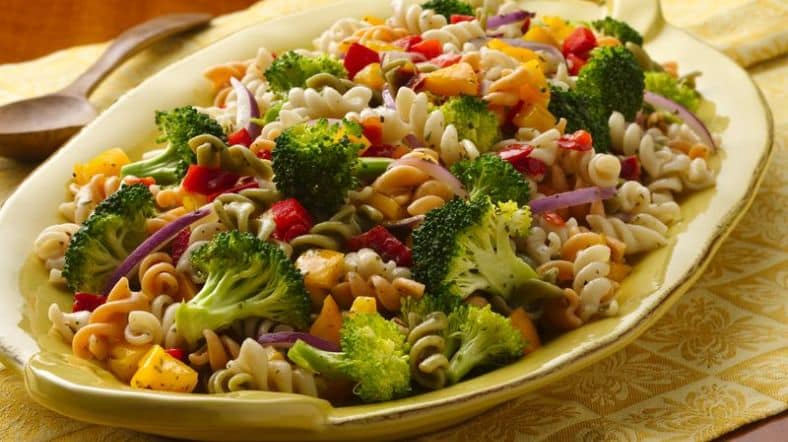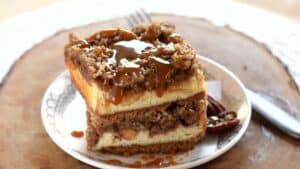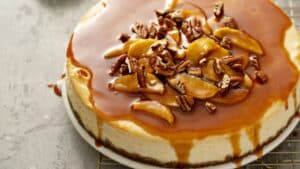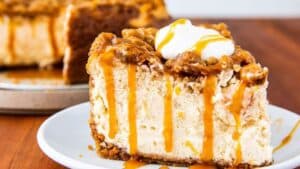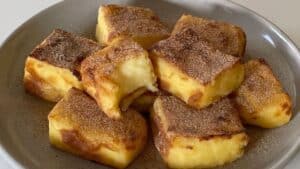Fresh & Crisp Spring Vegetable Salad Recipe
Ever had a salad that slapped you in the face with how fresh it was? Like, “Whoa, this tastes like sunlight and garden dew had a baby”? Yeah. That’s what we’re building here. This isn’t your average soggy pile of lettuce. This is a spring vegetable salad that crunches back. It screams alive. And if you’re in the biz, you already know texture, timing, and temperature are everything.
This recipe is crafted for chefs, serious cooks, and culinary pros who want something simple on paper but layered in nuance. This isn’t about just throwing radishes and peas into a bowl. It’s about curating nature’s peak moments on a plate. You’ve got to treat the ingredients like guests of honor not throwaways from the walk-in.
Let’s get into it. The why, the how, and the what-you-might’ve-never-thought-of.
Why Spring Vegetables Deserve Center Stage

Spring veg are not just lighter alternatives to winter’s root-heavy cast. They’re alive with chlorophyll, sugar, and snap. They’re also fragile timing your prep and plating is like dancing on wet tiles. Slippery, risky, but worth it.
Asparagus, fava beans, snap peas, radishes, and baby carrots aren’t just colorful they’re biologically buzzing with enzymes and volatile compounds that make them super flavorful when raw or lightly blanched. But if you miss that sweet spot? You’re chewing on shoe insoles. Harsh.
Let’s talk quick stats. According to the USDA, vegetables like peas and asparagus peak in vitamin C and folate during early spring harvests often losing 40% of their nutrients within 3 days post-harvest. So yeah, time matters.
Ingredients That Actually Matter (Because Most Recipes Lie)
We’re not doing a big dump-and-stir here. We’re curating.
Here’s what you’ll need:
- 1 cup sugar snap peas, stringed and sliced diagonally
- 1 cup baby carrots, peeled and shaved thin
- 6 radishes, paper-thin (mandoline or GTFO)
- ½ cup fava beans, blanched and peeled (yes, peel them, it’s worth it)
- 1 bunch pencil asparagus, shaved into ribbons
- 1 small fennel bulb, thinly sliced
- ¼ cup microgreens (pea shoots or sunflower are perfect)
- Zest of 1 lemon
- Juice of 1 Meyer lemon (sub with regular if needed, but it’s not the same)
- 2 tbsp good olive oil (cold-pressed, peppery preferred)
- 1 tsp white wine vinegar (Champagne vinegar if you fancy)
- Flaky sea salt
- Cracked pink peppercorns (adds both spice and drama)
Optional, but glorious:
- Shaved Pecorino Romano or ricotta salata
- Toasted hazelnuts or pistachios, crushed
- Fresh mint or chervil, chopped
Don’t skip: Blanching certain veg like favas and shocking them in ice. Texture contrast is where this salad lives.
Technique, Not Just Tossing
This salad doesn’t work if you’re lazy with your prep.
Step 1: Precision slicing. Mandoline your radishes, fennel, and asparagus ribbons. If you don’t, you’ll get uneven bites. No one wants a chunk of raw fennel that hijacks the whole chew.
Step 2: Blanch smart. Drop fava beans in boiling water for 60 seconds. Ice bath immediately. Peel the tough outer skin. This part’s tedious, yes. But chefs know it’s the 10% that separates good from unforgettable.
Step 3: Ice-shocking snap peas and carrots. 30 seconds in boiling water, then ice bath. It brightens color and wakes up their crunch. Not boiling to death. You want snappy, not soggy.
Step 4: Emulsify your dressing. Lemon juice, zest, vinegar, olive oil, salt, pepper whisked until creamy. Or shake in a jar if you’re in a rush. Keep it cold till plating.
Assembly: This Ain’t a Dump Bowl
Layer this salad. It’s like plating sashimi, not scooping slaw.
- Start with a light toss of the base veg in the dressing. Just enough to coat.
- Arrange shaved asparagus, fennel, and radish like brushstrokes.
- Sprinkle microgreens like you mean it not just for garnish.
- Finish with salt, cracked pink peppercorns, cheese if using, nuts if you’ve got ‘em.
Serve chilled. Not cold. Cold kills flavor.
Pro Insights: From the Trenches
I asked a few chef pals what makes or breaks a spring salad. Here’s what they spilled:
Chef Miranda L. (Portland, OR):
“If your peas aren’t sweet raw, ditch them. Don’t ‘fix’ them in vinaigrette. Just move on. The ingredient tells you if it’s ready.”
Chef Jono R. (NYC):
“Blanching? It’s not optional. It’s a respect thing. You either wake up the veg or you bury it.”
Chef Ameena K. (London):
“Shaved asparagus is underrated. Use a Y-peeler. It’s like veg linguine. Chefs sleep on texture.”
These pros treat vegetables with the same reverence they give dry-aged beef. Because they should. When spring’s bounty is at its peak, the goal is to highlight not hide it.
Common Mistakes That Ruin This Salad
Let’s just call ‘em out:
- Overdressing. If you see pooling liquid at the bottom of the bowl, you’ve gone too far. This ain’t a caesar.
- Skipping the blanch. You lose snap, color, and digestibility.
- Too early plating. This salad wilts faster than a gossip at brunch. Toss and plate right before serving.
- Cold veg straight from fridge. Let ‘em sit 5 mins room temp after prep. Flavor blooms.
- Not seasoning enough. Salt isn’t the enemy it’s the whisper that makes everything louder.
Trends: Where Spring Salads Are Headed

Look around high-end kitchens and you’ll see a shift: raw, ultra-local veg with wild ferments or nut-based “cheeses”.
Some Michelin-level kitchens are now fermenting shaved fennel for 2 days and tossing that into spring salads for funk and tang.
In California, chefs are using wild greens like miner’s lettuce and chickweed, foraged hours before service. The movement? Closer to soil, farther from store shelves.
The rise of “veg-forward” dining has made the humble spring salad a status dish. Not a side. A main event.
Nutritional Powerhouse? You Bet
This salad isn’t just a pretty plate.
Here’s a quick breakdown (USDA data, avg. per serving):
- Vitamin C: ~90mg (150% RDI)
- Folate: ~80mcg (20% RDI)
- Fiber: 6–7g
- Calories: 180–220 (depends on cheese/nuts)
More than that it’s light, energizing, and anti-inflammatory. This ain’t rabbit food. It’s smart fuel.
Can You Prep Ahead?
Sorta. But here’s how to cheat time without cheating flavor:
- Slice/shave everything and store in airtight containers with a damp towel over.
- Keep peas, beans, and carrots pre-blanched but dry. Moisture kills crunch.
- Dress ONLY at the last second. Not before. Never. Ever.
- Store dressing separate and chilled. Shake before use.
Best flavor window? Within 30 mins of plating. After that, the shine fades.
Final Thoughts: The Real Secret?
Respect your veg like you respect your mise. If you’re using just-hauled-from-soil produce, don’t bury it in bells and whistles.
This spring vegetable salad isn’t about complexity. It’s about clarity. About letting ingredients shout in their own voice.
Do it right, and your guests whether restaurant critics or family will get silent after the first bite. That’s how you know it landed.
No need for foam. No need for tweezers.
Just crunch, color, and honesty.
Pro tip recap:
- Mandoline, blanch, and ice-shock. Always.
- Taste everything raw before using reject if it doesn’t sing.
- Keep cold. Plate fast. Don’t overdress.
- Add acid just before serving. Don’t let it “cook” the veg.
- Celebrate the small: lemon zest, cracked pepper, microgreens.
That’s it. That’s the salad that’ll have guests asking you if they can get the recipe and you smirking because they’ll never make it quite like you.
Because your hands knew what to touch.
